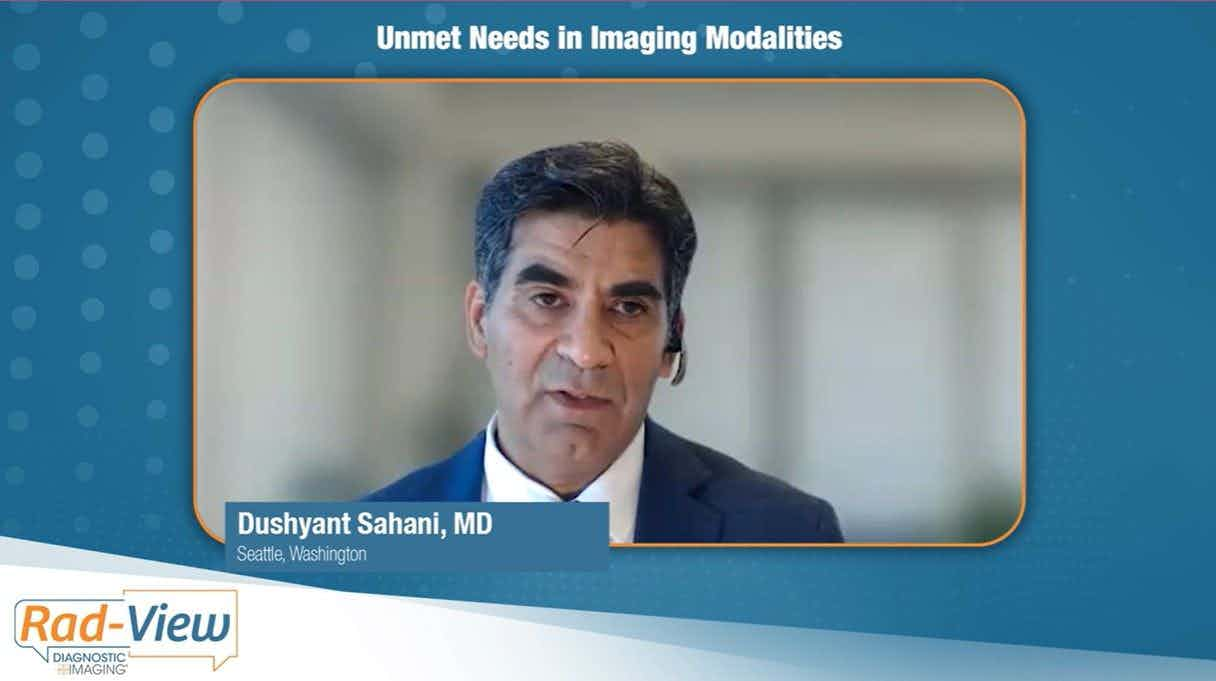Siemens shows fruit of R&D labors with debut of variable-angle E.Cam
Vendor hopes gamma camera will spearhead U.S. resurgenceThe nuclear medicine group of Siemens Medical Systems is hopingthat a new gamma camera introduced at this week's Society of NuclearMedicine meeting in Denver will help the company recapture
Vendor hopes gamma camera will spearhead U.S. resurgence
The nuclear medicine group of Siemens Medical Systems is hopingthat a new gamma camera introduced at this week's Society of NuclearMedicine meeting in Denver will help the company recapture itsglory of years past. The new camera, called E.Cam, finally givesSiemens a variable-angle dual-head product to compete with similarofferings from competitors.
Siemens once held a dominant position in the U.S. nuclear medicinemarket, but it was late in capitalizing on several important technologicaldevelopments, most notably the growth of variable-angle systems,which were pioneered by ADAC Laboratories and Sopha Medical. TheHoffman Estates, IL, group has also been slow in commercializingother new technologies, such as digital detectors and attenuationcorrection. Siemens claims the number two spot in global nuclearmedicine sales.
Siemens last year hired a new executive, Barbara Franciose,to lead the division out of its slump (SCAN 2/28/96). Franciosewas known for her effective R&D management as head of thedigital imaging section in Siemens' angiography business unit,and Siemens hopes she can transfer that success to the nuclearmedicine group.
The division now appears poised to reap the rewards from thelarge investments it has been making in nuclear medicine technology.E.Cam represents the first new gamma camera Siemens has releasedsince the debut of the dual-head MultiSPECT 2 in 1993.
E.Cam is designed to be a versatile premium gamma camera thatcan meet all of a nuclear medicine department's needs, from workhorseSPECT imaging to coincidence detection, according to Randy Weatherhead,vice president of marketing.
"We wanted the system to be more than just a variable-anglecamera," Weatherhead said. "One of the chief requirementswas that it had to be capable of performing any type of study.It is designed with the intent of doing single photon (SPECT)and it is expandable to coincidence imaging capabilities."
E.Cam uses Siemens' High Definition Digital Detectors (HD3),which employ one analog-to-digital converter after each of thedetector's 59 photomultiplier tubes. The detectors are energyindependent and have a count rate of 300,000 counts per secondwith intrinsic spatial resolution of 3.9 mm (FWHM).
"One of the benefits for E.Cam is that the energy independenceof our digital design means you can go from low energy to highenergy and have very good uniformity without having to correctby skimming or adding counts," Weatherhead said. "Havinggood energy throughout the entire energy range is pretty importanttoday, because people are working at a lot of energies other thantechnetium. " Siemens also revamped its gantry design withE.Cam, moving from the enclosed gantry used on the MultiSPECTsystems to an open configuration in which the detectors are mountedexternal to the gantry. The detectors can be rotated outward toimage patients in the cranial or cephalic positions, or patientsin wheelchairs or on gurneys, Weatherhead said.
For cardiac procedures with E.Cam's detectors in the 90°position, Siemens developed a new work-in-progress attenuationcorrection technique that relies on the use of multiple line sourcesof radiation. Called E.Cam Profile Attenuation Correction System,the technique uses an array of 15 line sources of gadolinium thatvary in intensity from the central area of the gantry to the outerarea. This approach costs less and results in a lower radiationdose to the patient than other attenuation correction techniques,according to Weatherhead. Siemens will continue to employ itsMµsic attenuation correction technique for the triple-headMultiSPECT 3 camera.
E.Cam uses an Icon workstation running on a PowerMac computer,although independent acquisition and processing workstations areavailable because of the camera's open-architecture modular design(SCAN 11/23/94). Siemens plans to show at the SNM meeting developmentsin Icon's programming environment that enable programs writtenfor the Macintosh operating system to be easily ported to otherplatforms, such as Unix or PC-based systems.
E.Cam has Food and Drug Administration 510(k) clearance, andSiemens plans to begin shipping the first production systems byearly 1997. Siemens does not yet have clearance on the Profileattenuation correction and coincidence detection techniques.
Siemens believes that the release of E.Cam, as well as thedevelopment of other technologies in its R&D pipeline, shouldindicate to the market that the vendor remains committed to nuclearmedicine, despite its market share losses in the U.S. Siemensnow has the product line to compete with other vendors; next itjust needs to execute properly.
"We've had major improvements across the board in ourproduct line over the last 12 months," Weatherhead said."The chief challenge is to bring these products to customersas quickly as possible."










